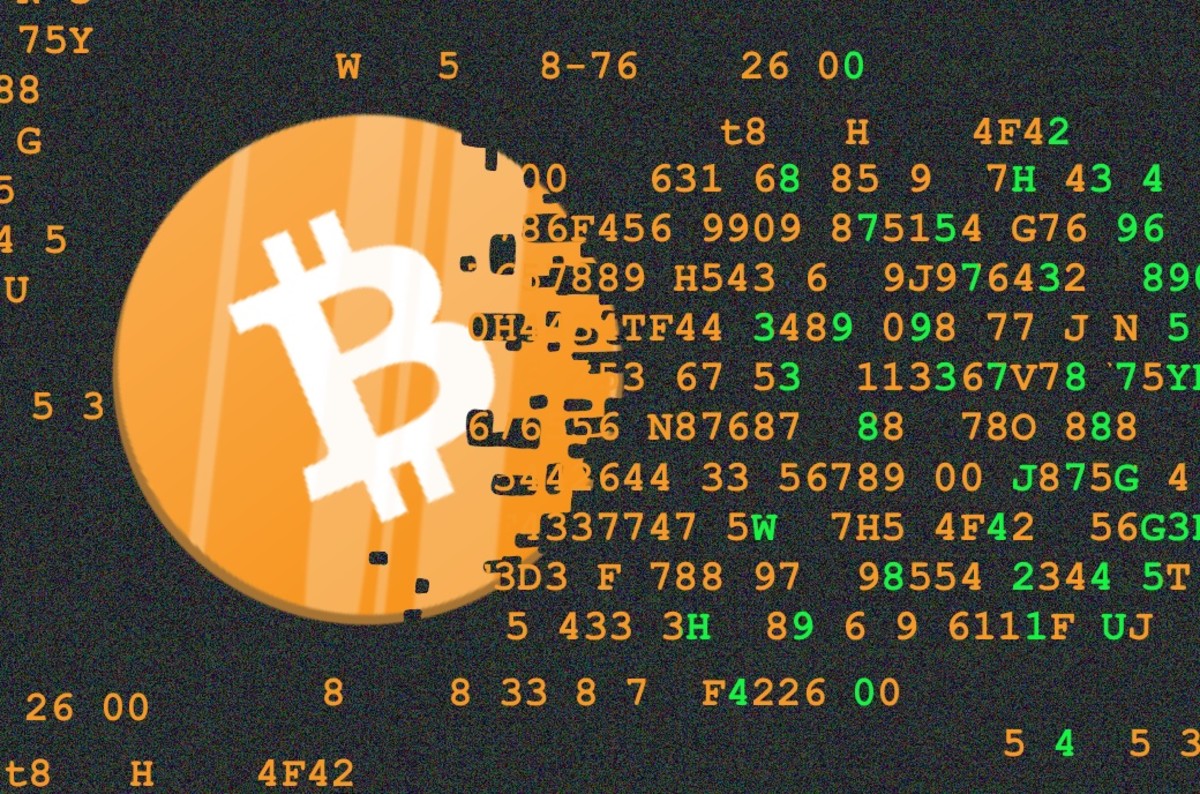The Bitcoin Optech newsletter provides readers with a top-level summary of the most important technical news happening in Bitcoin, along with resources that help them learn more. To help our readers stay up-to-date with Bitcoin, we're republishing the latest issue of this newsletter below. Remember to subscribe to receive this content straight to your inbox.
This week’s newsletter describes a proposal to change Bitcoin Core’s transaction selection algorithm for miner block templates to slightly increase miner profitability and give fee bumping users more collective leverage. Also included are our regular sections describing software releases and release candidates, plus notable changes to popular Bitcoin infrastructure software.
News
- Candidate Set Based (CSB) block template construction: Mark Erhardt posted to the Bitcoin-Dev mailing list about an analysis he and Clara Shikhelman performed on an alternative transaction selection algorithm for miners. Bitcoin’s consensus rules enforce that no transaction can be included in a block unless all of its unconfirmed ancestors are also included earlier in that same block. Bitcoin Core addresses this constraint by treating each transaction with unconfirmed ancestors as if it contained both the fees and the size of those ancestors. For example, if transaction B depends on unconfirmed transaction A, then Bitcoin Core adds together the fees paid by both transactions and divides them by the combined size of both transactions. This allows Bitcoin Core to fairly compare all transactions in the mempool based on their effective feerate whether or not those transactions have any ancestors.However, Erhardt and Shikhelman note that a more sophisticated algorithm that may require a bit more CPU can find sets of related transactions that are even more profitable to mine than Bitcoin Core’s existing simple algorithm. The authors tested their algorithm on historic mempool data and found that it would’ve collected slightly more fees than Bitcoin Core’s existing algorithm in almost all recent blocks.If implemented and used by miners, the improved algorithm could allow multiple users who each received an output from a large coinjoin or batched payment to each pay a small part of the total fee necessary to CPFP fee bump that coinjoin or payment. That would be an improvement over the current case where each user’s CPFP fee bump is considered independently and multiple related fee bumps may not have an aggregate effect on whether an ancestor transaction is mined.
Release And Release Candidates
New releases and release candidates for popular Bitcoin infrastructure projects. Please consider upgrading to new releases or helping to test release candidates.
- HWI 2.0.2 is a minor release that adds support for message signing with the BitBox02, always uses
hinstead of'to indicated BIP32 paths with hardened derivation, and includes several bug fixes. - LND 0.13.0-beta.rc3 is a release candidate that adds support for using a pruned Bitcoin full node, allows receiving and sending payments using Atomic MultiPath (AMP), and increases its PSBT capabilities, among other improvements and bug fixes.
Notable Code And Documentation Changes
Notable changes this week in Bitcoin Core, C-Lightning, Eclair, LND, Rust-Lightning, libsecp256k1, Hardware Wallet Interface (HWI), Rust Bitcoin, BTCPay Server, Bitcoin Improvement Proposals (BIPs), and Lightning BOLTs.
- Bitcoin Core #20833 is the first PR in an effort to implement mempool package acceptance in Bitcoin Core. This change allows the
testmempoolacceptRPC to accept multiple transactions where later transactions may be descended from earlier transactions. Future PRs may enable testing L2 transaction chains, submitting transaction packages directly to the mempool through RPCs and communicating packages over the P2P network. - Bitcoin Core #22017 updates the code signing certificate used for Windows releases after the previous certificate was revoked by its issuer without them providing an explicit reason. Several recent releases of Bitcoin Core might be re-released with slightly different version numbers so that their Windows binaries can use this certificate.
- Bitcoin Core #18418 increases the maximum number of UTXOs received to the same address that will be spent simultaneously if the
avoid_reusewallet flag is set. The more outputs that are spent together, the higher the fee might be relative to a wallet with default flags but, also, the less likely it becomes that third parties will be able to identify the user’s later transactions. - C-Lightning #4501 adds JSON schemas for the output of roughly half of C-Lightning’s current commands (with schemas for the other half planned to be added in the future). Output produced during a run of C-Lightning’s test suite is validated against the schemas to ensure consistency. The schemas are also used to automatically generate C-Lightning’s documentation about what output each command produces.
- LND #5025 adds basic support for using signet. Of the other LN implementations tracked by Optech, C-Lightning also has support for signet (see Newsletter #117).
- LND #5155 adds a configuration option to randomly select which wallet UTXOs to spend in a transaction; this reduces UTXO fragmentation in the wallet over time. By contrast, the default coin selection algorithm in LND spends higher value UTXOs before lower value UTXOs; this minimizes fees in the short term but may result in needing to pay higher fees in the future when all inputs near the size of a transaction, or larger, have already been spent.
- BOLTs #672 updates BOLT2 to allow nodes to negotiate a
option_shutdown_anysegwitoption which, if set, allows LN closing transactions to be able to pay any segwit script version, including script types that don’t yet have consensus meaning on the network, such as addresses for taproot. - BOLTs #872 updates BOLT3’s use of BIP69 to specify in more detail the sort order to use for commitment transaction inputs and outputs. One commentator points out that the use of BIP69 has so far caused three separate problems that may have led to accidental channel closures and small amounts of funds lost to unnecessary onchain fees. The commentator suggests that this is another reason to migrate away from explicit use of BIP69 (for other reasons, see Newsletter #19).
Find the original post here.
Please subscribe to the Bitcoin Optech newsletter directly to receive this content straight to your inbox every month.











